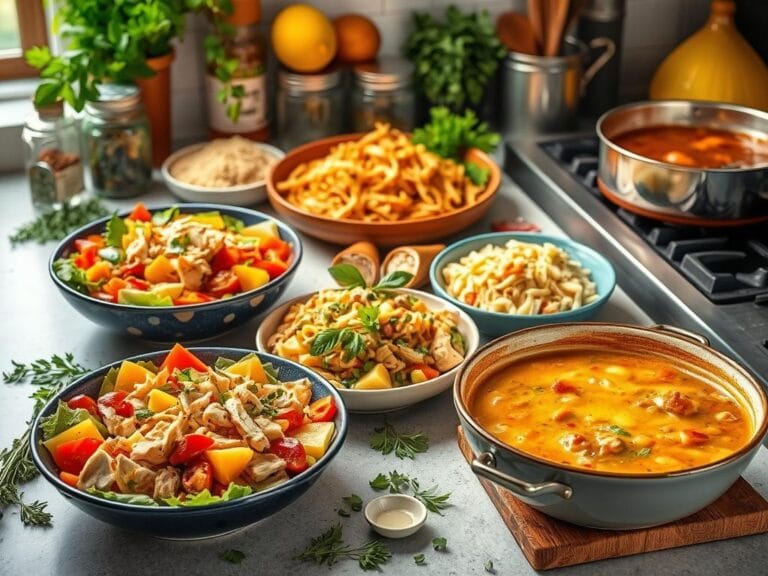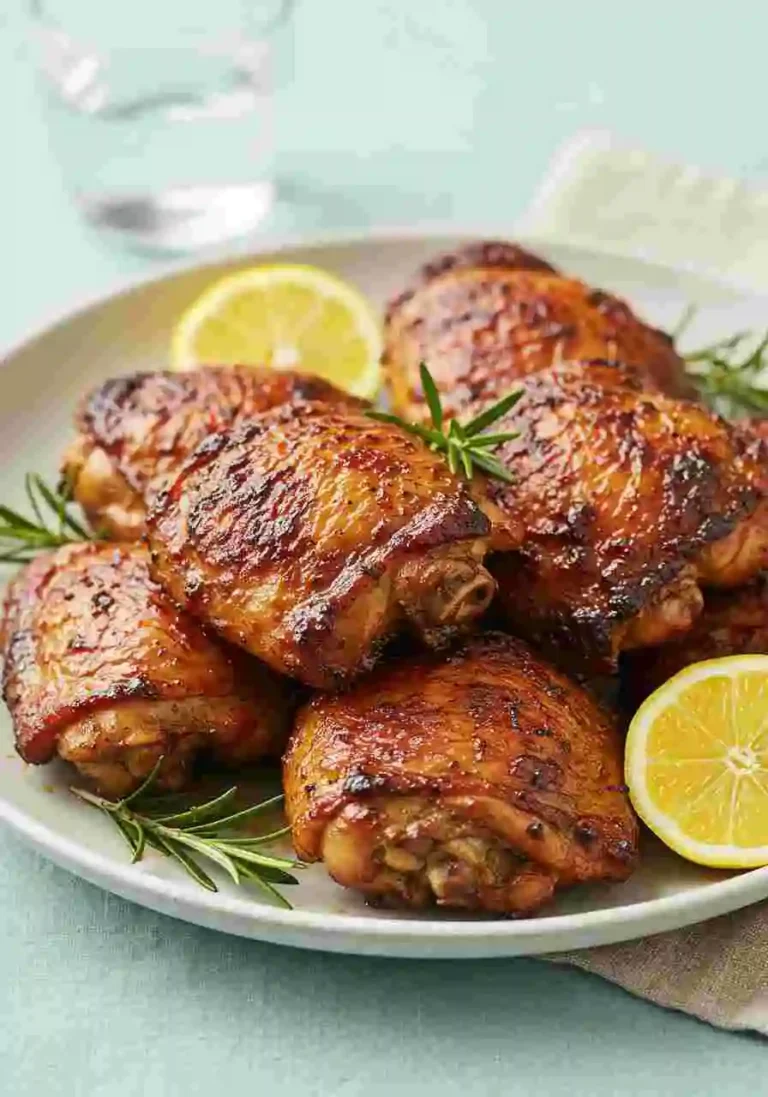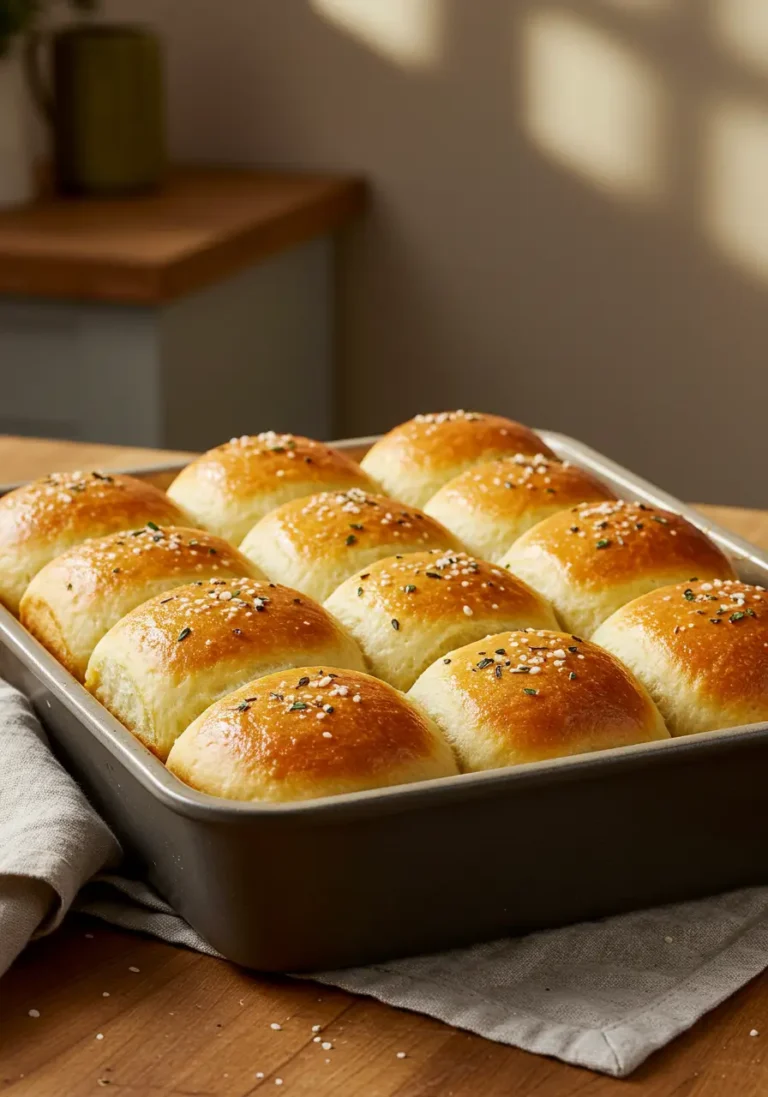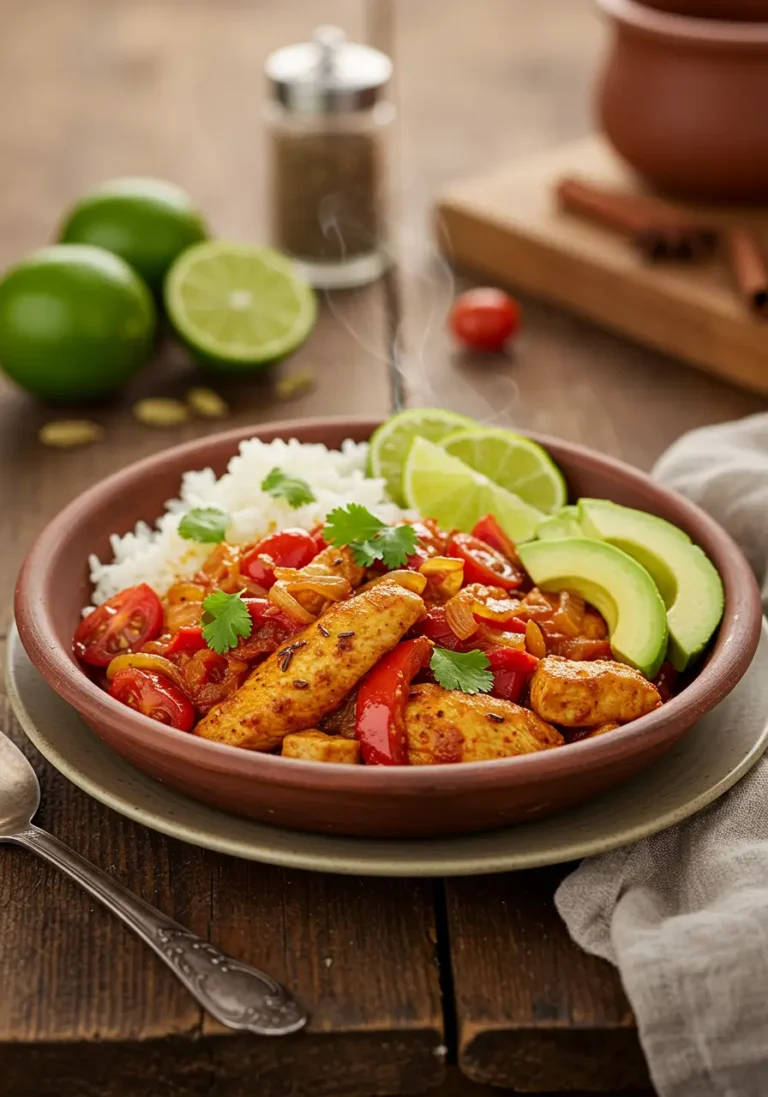Salmon Poke Bowl Recipe
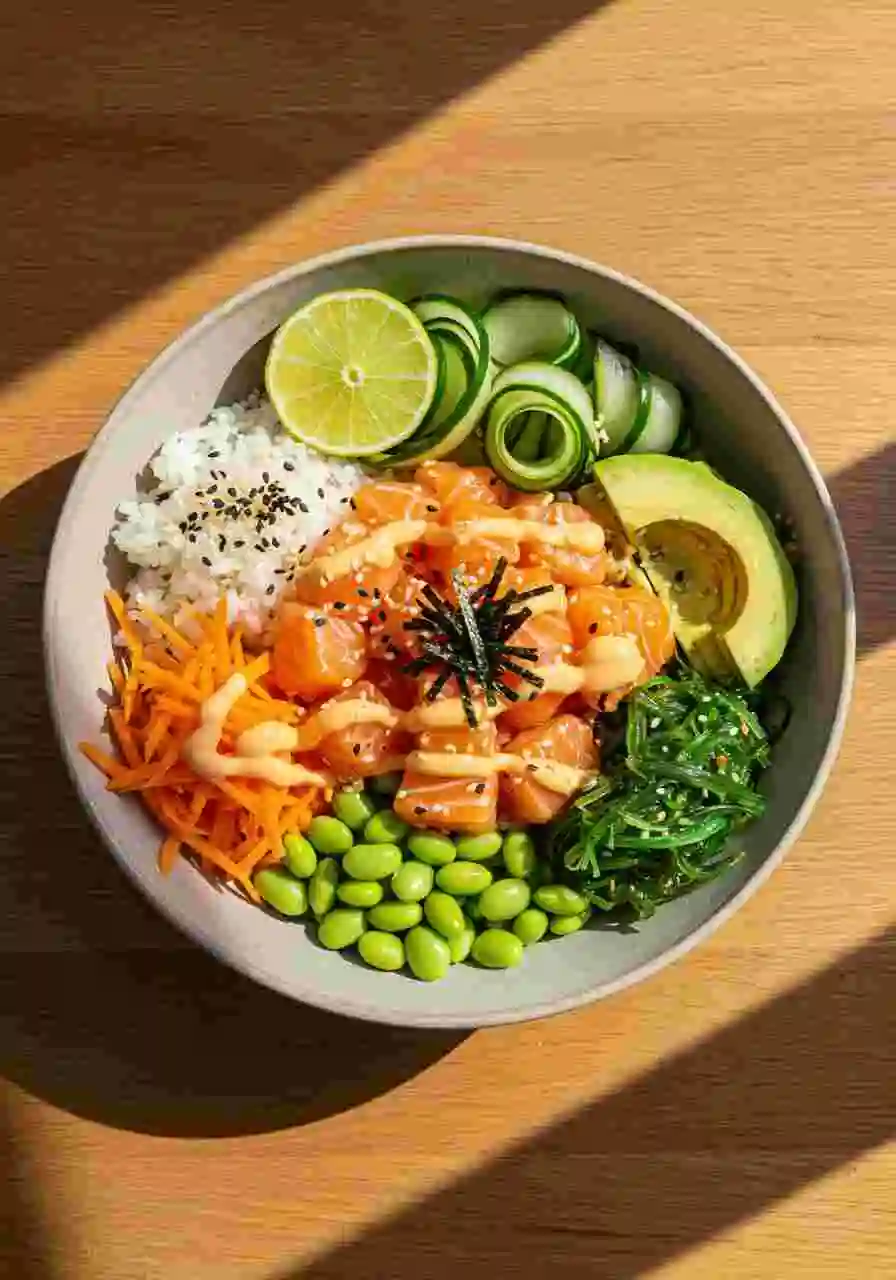
The habit of paying $20 for restaurant poke bowls which offer less satisfaction than expected will end here. That frustration ends today. This salmon poke bowl recipe produces professional-quality flavor at home while saving you money and providing double the amount of pleasure. The salmon pieces expertly marinated in soy and sesame sauce sit on top of rice and next to cooked vegetables creating a dish that looks as good as it tastes.
Through step-by-step instructions this guide presents how to select the perfect salmon and perform basic preparation steps and explore diverse flavors while also teaching how to avoid typical errors when preparing a home-made restaurant-quality poke bowl.
Why This Salmon Recipe Works
- Uses sushi-grade salmon for rich, buttery texture
- Quick 15-minute marinade infuses big flavor fast
- Balanced layers of rice, protein, crunch, and sauce
- Perfect for busy weeknights or weekend meal prep
- Customizable for low-carb, spicy, or global flavors
Choosing the Right Salmon
Best Cuts for This Recipe
For the best Salmon Poke Bowl, opt for sushi-grade cuts like:
- Center-cut salmon fillet: Offers a buttery texture and consistent thickness.
- Salmon belly: Rich in fat, ideal for a melt-in-your-mouth experience.
- Trimmed sashimi-grade cubes: Pre-cut for convenience, ideal if short on time.
Buying Tips
- Look for firm, moist fillets with a bright coral color and zero odor.
- Ask your fishmonger for sushi- or sashimi-grade salmon—it ensures safety and quality.
- Prefer wild-caught for flavor, but farmed Atlantic can be softer and easier to cut.
Substitutions
- Can’t find salmon? Try ahi tuna or cooked shrimp.
- Vegetarian? Substitute with cubed tofu or marinated watermelon for a plant-based version.
Ingredients & Prep
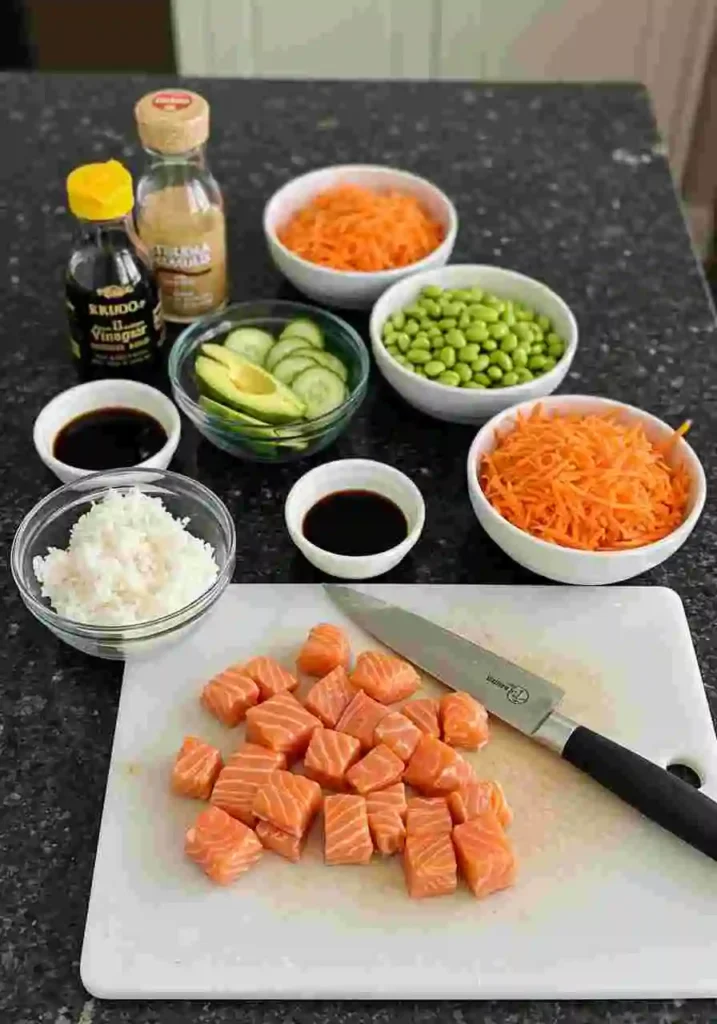
Salmon Prep Essentials
- Pat salmon dry with paper towels.
- Trim off any dark spots or sinew.
- Slice into ¾-inch cubes for optimal texture.
Marinade
Ingredients (for 2 servings):
- 2 tbsp soy sauce
- 1 tbsp sesame oil
- 1 tsp rice vinegar
- ½ tsp honey or maple syrup
- 1 tsp grated ginger
- 1 minced garlic clove
- 1 tsp toasted sesame seeds
- 1 green onion, sliced
Instructions:
- Combine all marinade ingredients in a bowl.
- Add cubed salmon and toss gently.
- Let marinate 15–20 minutes in the fridge—no longer, to keep the texture firm.
Pantry Staples
- Short-grain rice (or cauliflower rice for low-carb)
- Seaweed flakes or furikake
- Avocado, cucumber, edamame, shredded carrot
- Pickled ginger
- Wasabi mayo or sriracha for heat
Step-by-Step Cooking Instructions
Pre-Cooking Prep
- Cook your rice (sushi or jasmine rice work best), then cool slightly.
- Cut your vegetables into bite-size pieces.
- Prep garnishes like sesame seeds and green onion.
- Chill serving bowls for a cooler presentation.
Cooking Method
No actual cooking is needed for the salmon—just a light marinade. If you prefer cooked salmon:
- Pan-sear in sesame oil for 2 minutes per side over medium-high heat.
- Or bake at 375°F for 10–12 minutes until opaque.
Doneness Check
- Raw salmon should feel firm but tender and bright in color.
- For cooked salmon, check for internal temperature of 125°F for moist flakes.
Resting
For raw: Use immediately after marinating to preserve texture.
For cooked salmon: Rest 2–3 minutes before cubing.
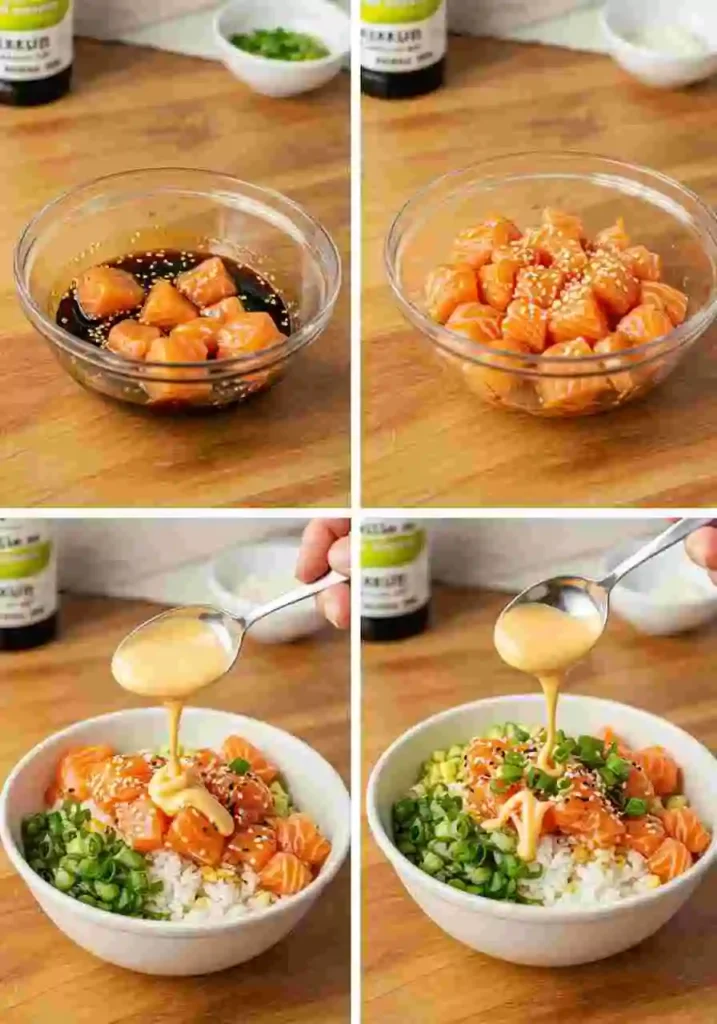
Pro Tips for Perfect Salmon
Avoiding Tough/Dry Salmon
- Don’t over-marinate – 30 minutes maximum to prevent the salmon from “cooking” in the acidic marinade
- Cut against the grain for the most tender texture
- Keep salmon cold until just before serving
- For silky texture, make sure all salmon pieces are uniform in size
- Handle salmon gently with a folding motion rather than stirring to prevent it from breaking down
Tool Recommendations
- Sharp chef’s knife or santoku knife for clean cuts
- Fish tweezers for removing pin bones
- Glass or ceramic bowl for marinating (avoid metal which can react with acids)
- Rice cooker for perfectly fluffy rice
- Shallow, wide serving bowls to showcase ingredients
Storage & Reheating
- Marinated salmon is best eaten immediately but can be refrigerated for up to 4 hours
- Store components separately if prepping ahead – marinated salmon, cooked rice, and toppings in separate containers
- Rice can be made a day ahead and refrigerated; microwave with a sprinkle of water to restore moisture
- Leftover assembled bowls will keep for up to 24 hours but the texture of the salmon will change
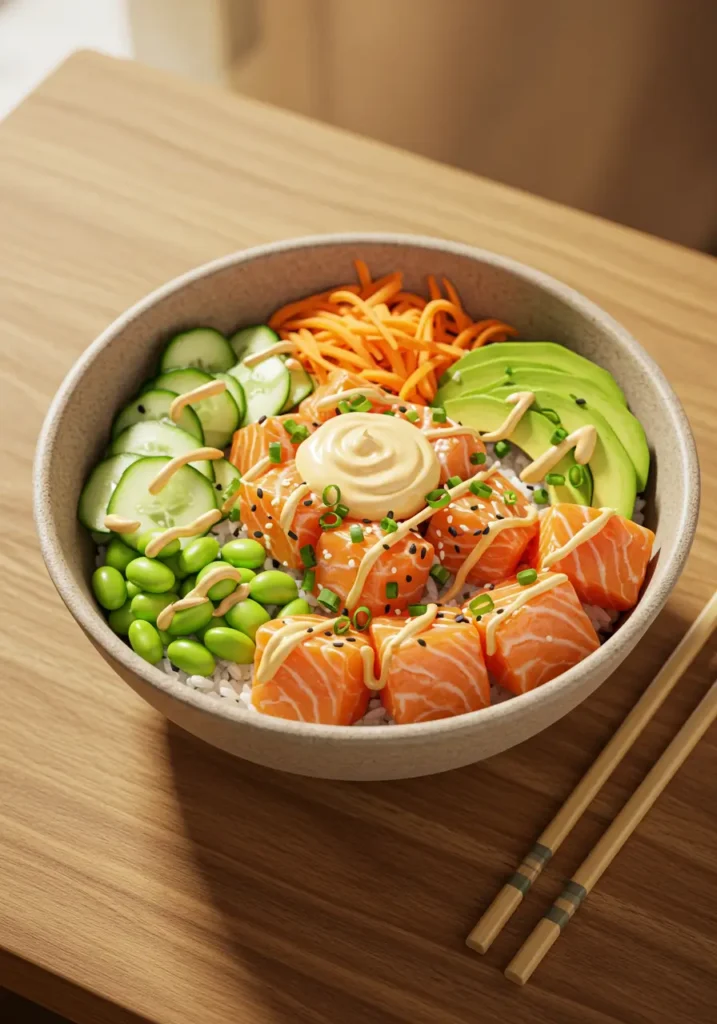
Flavor Variations
Spicy Twist
Transform your poke with a kick of heat:
- Add 1-2 tablespoons sriracha to the marinade
- Mix in 1 teaspoon gochujang (Korean chili paste)
- Top with sliced jalapeños or serrano peppers
- Drizzle with spicy mayo (mix 2 tablespoons mayo with 1 teaspoon sriracha)
Keto/Paleo
For a low-carb version:
- Replace rice with cauliflower rice or mixed greens
- Add extra avocado for healthy fats
- Use coconut aminos instead of soy sauce
- Increase sesame oil for added richness
- Top with macadamia nuts for crunch
Global Flavors
- Hawaiian Style: Add diced pineapple and a splash of pineapple juice to the marinade
- Japanese Twist: Mix in wasabi and top with pickled ginger
- Mexican Fusion: Add lime juice, cilantro, and diced mango with a squeeze of Tajín seasoning
- Korean Inspired: Use gochujang in the marinade and top with kimchi
Serving Suggestions
Poke bowls shine as standalone meals, but these pairings elevate the experience:
- Serve with miso soup for a complete Japanese-inspired meal
- Offer a side of seaweed salad for extra umami
- Pour chilled sake or a crisp Sauvignon Blanc to complement the flavors
- For beer lovers, a light Japanese lager or wheat beer works beautifully
- Finish with green tea ice cream or mochi for dessert
For a poke party, set up a DIY bowl bar with all components separate so guests can build their own creations.
FAQs
How do you make a salmon poke bowl?
What goes in a salmon poke bowl?
⁍ Cubed raw salmon (sushi-grade)
⁍ Cooked short-grain or sushi rice
⁍ Fresh veggies like avocado, cucumber, and edamame
⁍ Toppings such as seaweed flakes, pickled ginger, or jalapeños
⁍ A savory marinade (soy sauce, sesame oil, rice vinegar, garlic, ginger)
⁍ Optional additions like spicy mayo, furikake, or crispy onions
You can easily customize it based on taste or dietary needs.
What is a poke bowl made of?
⁍ A rice or salad base
⁍ Raw, marinated seafood (commonly salmon or tuna)
⁍ Crunchy and creamy toppings like avocado, cucumber, seaweed, and edamame
⁍ A flavorful soy-based dressing
⁍ Finishing touches like sesame seeds, chili flakes, or scallions
The term “poke” means “to slice or cut” in Hawaiian, referring to the cubed fish.
Can I eat raw salmon in a poke bowl?
Are salmon poke bowls healthy?
Conclusion
Say goodbye to dreams about restaurant-quality poke bowls because home preparation of your impressive creations now becomes a reality. The salmon poke bowl recipe gives you professional-quality results in instant time using basic ingredients that need no cooking.
The adaptability of this dish becomes its main appeal because learning the basic method teaches you to create endless variations through fresh ingredients and personal preferences. Authentic poke bowls can be made fiery or served in pure traditional style or turned into unique fusion plates that exhibit your personal dining preferences.
Experience this salmon poke bowl recipe tonight because it now becomes attainable for any home cook who wants restaurant-quality poke bowls.
Your opinion on the recipe ?
There are no reviews yet. Be the first one to write one.

